A Sharp Blow: 50% Tariffs Launched
In late August 2025, the U.S. administration under President Trump escalated trade tensions by doubling tariffs on Indian imports to 50%, a punitive action tied to India’s continued purchases of Russian oil and a sharp spike from the previous 25% rate. Among the hardest-hit sectors are textiles, jewelry, gems, chemicals, furniture, and seafood—industries vital to India’s export economy The Economic Times+15The Guardian+15Yahoo Finance+15.
Immediate Disruptions and Fallout
The impact was swift and far-reaching. Exports to the U.S.—a critical market—saw drastic reductions, with several Indian producers scrambling to reroute shipments or explore alternative markets. In Surat, the world’s diamond-cutting hub, operations stalled, and up to 50,000 workers lost jobs, with the prospect of far more layoffs looming The Washington Post.
Small and medium exporters reacted similarly: more than 50,000 businesses scrambled to find new distribution channels, particularly in Europe, Africa, and other parts of Asia, using strategies like re-routing shipments and reviving dormant client relationships Reuters.
The Resilience of India’s Economy
Despite these shocks, India’s economic engine continues to hum. GDP growth unexpectedly accelerated to 7.8% in Q2 2025, buoyed by robust performance in manufacturing (7.7%), construction (7.6%), and agriculture (3.7%). Retail inflation hovered near an eight-year low at 1.55%, giving policymakers leeway for potential monetary maneuvering Reuters.
Commerce Minister Piyush Goyal reinforced India’s posture: “We will not bow down,” he stated, vowing to explore new markets and pursue free-trade agreements as a counter to the tariff onslaught Yahoo Finance+3The Times+3The Economic Times+3.
A Bold Multi-Pronged Strategy
India’s comprehensive response is rooted in several key pillars:
- Diversification of export destinations: Prioritizing markets in the EU, UK, ASEAN nations, the UAE, and Africa to reduce overreliance on the U.S. ReutersThe Times of IndiaThe Washington Post.
- Supportive domestic policies: The government has hinted at tax relief, GST reforms, and other stimuli to reinforce internal demand and assist affected industries ReutersFinancial Times.
- Monetary management: The Reserve Bank of India held steady with interest rates at 5.50%, while allowing the rupee to adjust gradually—helping exports stay price-competitive Reuters.
- Diplomatic resilience: India continues trade talks, though trust has eroded. Meanwhile, Prime Minister Modi has shifted focus towards regional partnerships, including a renewed visit to China, signaling strategic recalibration The Economic Times+5The Washington Post+5The Times of India+5.
Strategic and Diplomatic Stakes
This tariff escalation has frayed U.S.–India relations to their most adversarial point in decades—a crucial blow to longstanding strategic alignment. While India denounces the tariffs as “unjustified and unreasonable,” the crisis may inadvertently pivot the country toward closer ties with BRICS partners and regional integration en.wikipedia.org.
Experts, including Jeffrey Sachs, argue the tariffs represent a geopolitical misstep by Washington—one likely to backfire and accelerate New Delhi’s diversification away from U.S. dependency en.wikipedia.org+1.
Conclusion: Resilient, but at a Crossroads
India’s response reveals a nation leveraging its economic fundamentals and diverse strategy to weather a storm. While the immediate shock has been cushioned by growth momentum and policy flexibility, the longer-term success hinges on rapid export diversification, market adaptation, and diplomatic recalibration.
In the face of 50% tariffs, India opts for resilience and reinvention—not retreat. But whether this bold plan can fully offset the U.S. blow remains a story in development.
📖 Read them on our blog: Investment Blog
Did you find this article insightful? Subscribe to the Bullish Stock Alerts newsletter so you never miss an update and gain access to exclusive stock market insights: https://bullishstockalerts.com/#newsletter
Avez-vous trouvé cet article utile ? Abonnez-vous à la newsletter de Bullish Stock Alerts pour recevoir toutes nos analyses exclusives sur les marchés boursiers : https://bullishstockalerts.com/#newsletter

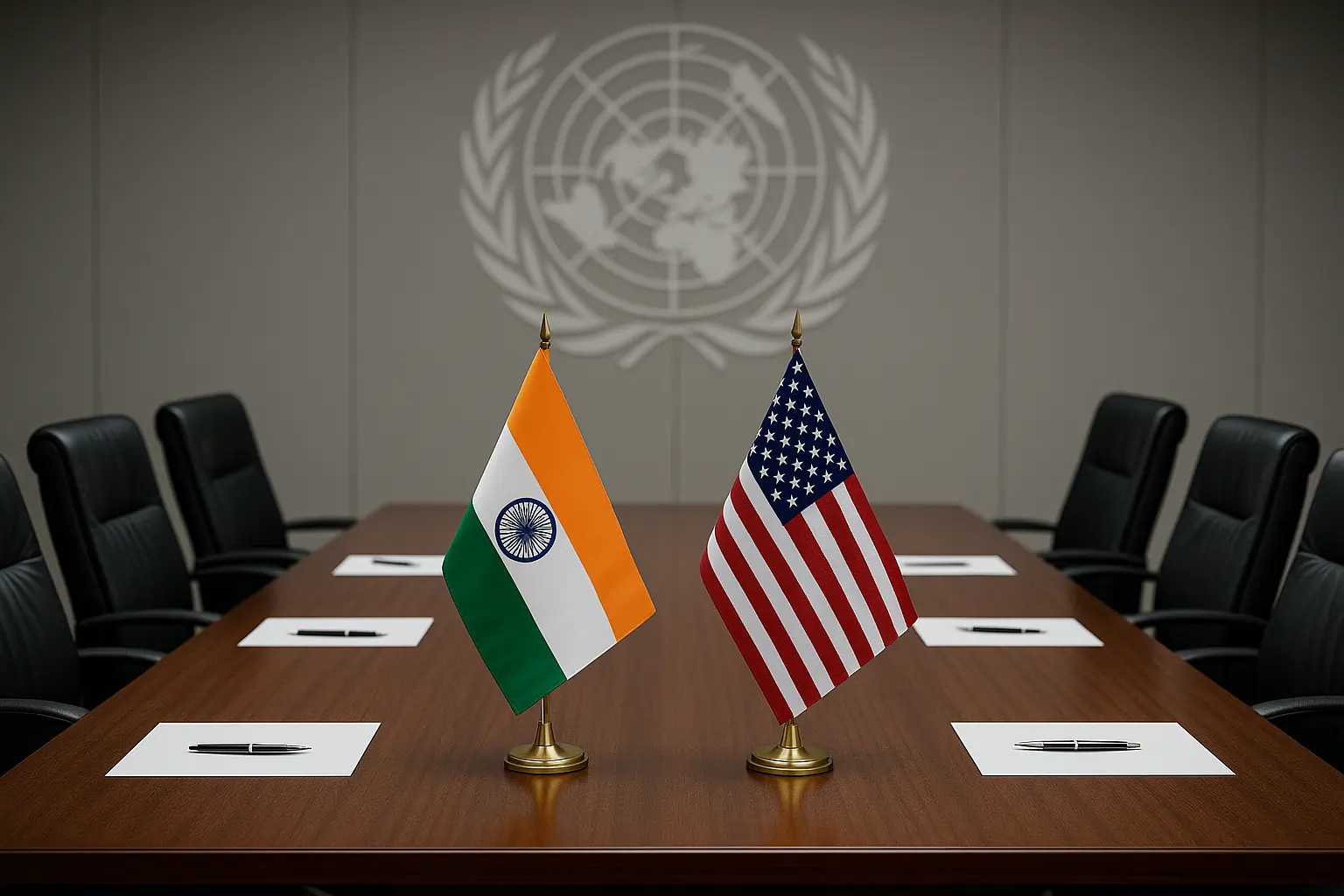


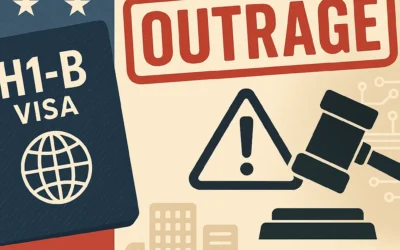
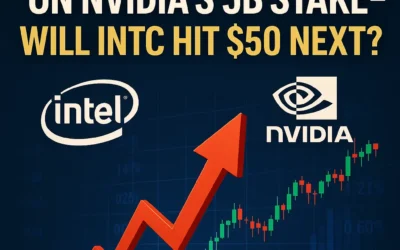
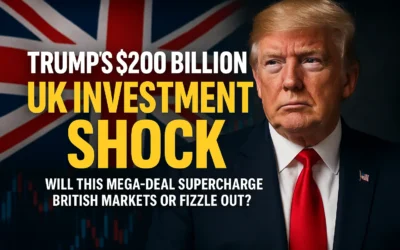
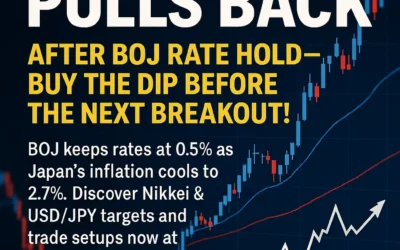

0 Comments